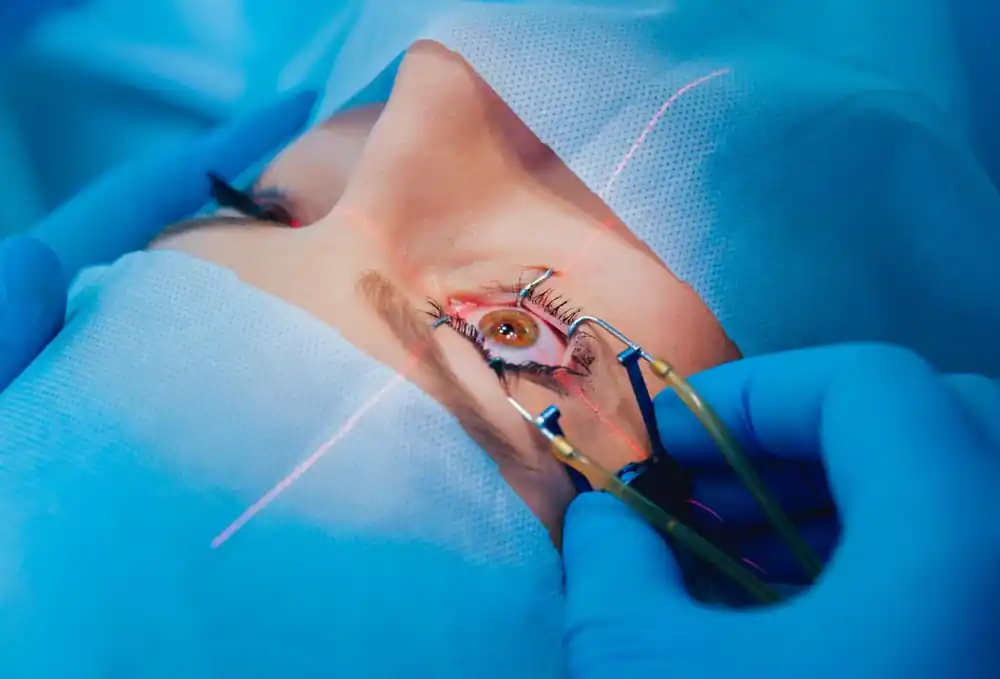
2025-05-22T03:58:00+00:00
Cataract Surgery vs. LASIK for Vision Correction: Which Is Right for You?
Find top-rated cataract surgeons, vision correction, and eye care specialists near you. Expert ophthalmologists are dedicate…
Our Recent Blogs
Advanced Intraocular Lenses: Choosing the Right Option for Your Lifestyle
2025-05-15T04:45:00+00:00
Vision Correction During Cataract Surgery: How it Works
2025-05-06T07:37:00+00:00
The Role of Nutrition in Preventing Macular Degeneration
2025-01-15T13:08:00+00:00